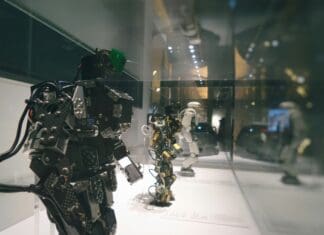This post is also available in:
 עברית (Hebrew)
עברית (Hebrew)
Various research efforts are currently being conducted and many resources invested to reduce the use of oil-based fuels and produce alternatives, such as fuel derived from biological sources.
In collaboration with British company C3 Biotechnologies and the U.S. Navy, the Royal British Air Force successfully made its first flight using a four-meter-long UAV that runs on sustainable aviation fuel as part of Project Vermeer. The fixed-wing drone completed a 20-minute test flight, which provided the researchers with insightful data.
The UAV flight used synthetic kerosene fuel, which is made from mixing sugar-containing materials, such as food waste, with bacteria to produce an oil substance that is then converted into aviation fuel by using chemicals and heat. An industrial process can be used to convert the material produced to synthetic kerosene, which can be used as aviation fuel. uasvision.com reports that using biological sources to make synthetic fuel does not require special infrastructure and therefore can be done nearly anywhere.
It would be fair to say that the pilot flight emphasizes the Royal Air Force’s commitment to decreasing pollutants as a means of protecting the environment from substances emitted from internal combustion engines while also encouraging increased technological progress and job creation through the development of crude oil substitutes.


























